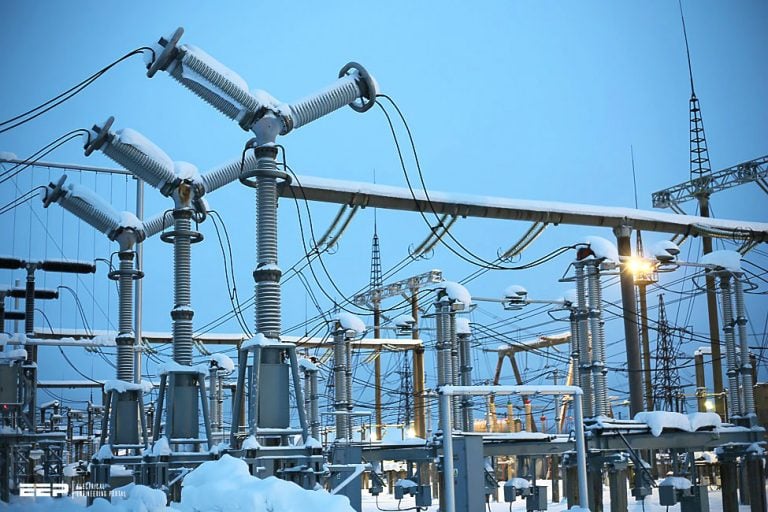How Is Electrical Engineering Used In The Generation And Distribution Of Renewable Energy?
Electricity is an essential part of our daily lives. From the moment we wake up in the morning to the time we go to bed at night, we are constantly using electricity to power our appliances, charge our devices and light our homes. But have you ever stopped to think about how electricity is generated, transmitted and distributed? Generators are responsible for producing electricity, which is then transmitted over long distances to substations where it is distributed to homes and businesses. The process of electricity generation is fascinating, as it involves converting various forms of energy into electrical energy. One of the most common ways that electricity is generated is through the use of fossil fuels, such as coal, oil and natural gas. When these fuels are burned, they release heat which is used to produce steam. The steam is then used to turn a turbine, which is connected to a generator. As the turbine spins, it generates electrical energy which is then sent to the transmission system. Another way that electricity can be generated is through the use of renewable energy sources, such as wind, solar and hydro power. These methods use the natural energy of the earth to produce electricity without the need for fossil fuels. For example, wind turbines use the wind to power their blades, which in turn rotate a shaft that is connected to a generator. In this way, wind energy is transformed into electrical energy that can be used in homes and businesses. Once electricity is generated, it must be transmitted over long distances to reach its destination. The transmission system is made up of high voltage power lines that carry electricity from power plants to substations. These power lines are often placed on tall towers or poles to keep them away from people and buildings. The voltage of the electricity is increased during transmission to reduce the amount of energy that is lost along the way. This is because electricity experiences resistance as it travels through the wires, which causes it to lose energy in the form of heat. By increasing the voltage, the amount of energy lost is reduced, making the transmission process more efficient. At the substations, the electricity is distributed to homes and businesses. This is done through the use of transformers, which convert the high voltage electricity into lower voltage electricity that is safe for use in homes and buildings. Once the voltage has been lowered, the electricity is sent through power lines that are connected to individual homes and businesses. The process of electricity generation, transmission and distribution is complex, but it is essential for powering our homes and businesses. As our reliance on electricity continues to grow, it is important that we understand how it is produced and distributed so that we can continue to use it in a safe and sustainable way. In addition to understanding the process of electricity generation, transmission and distribution, it is also important to consider the impact that our use of electricity has on the environment. Fossil fuels are a finite resource, and their use contributes to climate change, air pollution and other environmental problems. By transitioning to renewable energy sources, we can reduce our reliance on fossil fuels and create a more sustainable future. Renewable energy sources are becoming more and more popular, as they offer a cleaner and more sustainable alternative to traditional methods of electricity generation. Solar panels can be installed on homes and businesses to generate electricity from the natural energy of the sun, while wind turbines can be placed in windy areas to produce energy from the wind. Hydroelectric power is another renewable energy source that has been used for many years. It involves using the power of water to produce electricity, which is then transmitted and distributed like other forms of electricity. Hydroelectric power is a clean and reliable source of energy, but it requires the construction of dams and other infrastructure, which can have a negative impact on the environment. In conclusion, electricity generation, transmission and distribution are essential processes that allow us to power our homes and businesses. Understanding how electricity is produced and distributed can help us use it in a safe and sustainable way. By transitioning to renewable energy sources, we can reduce our reliance on fossil fuels and create a more sustainable future for ourselves and for generations to come. 

electrical-engineering-portal.com -
Post a Comment for "How Is Electrical Engineering Used In The Generation And Distribution Of Renewable Energy?"